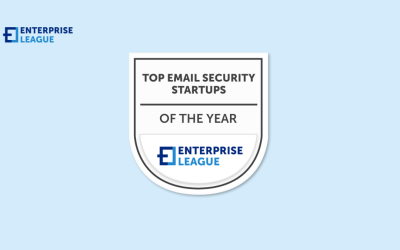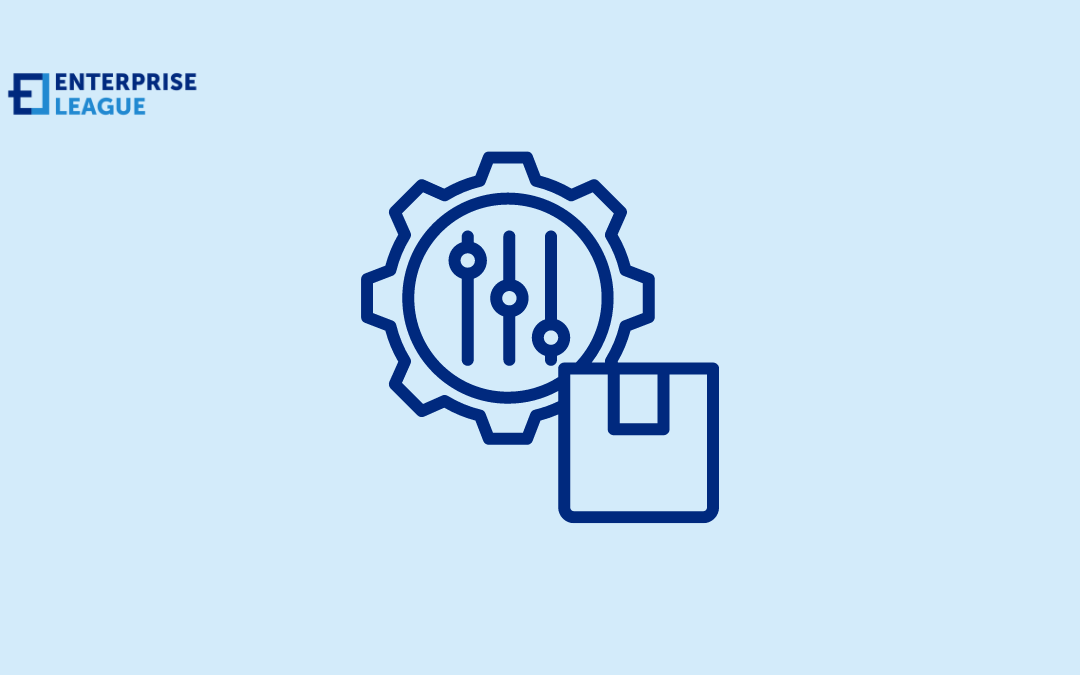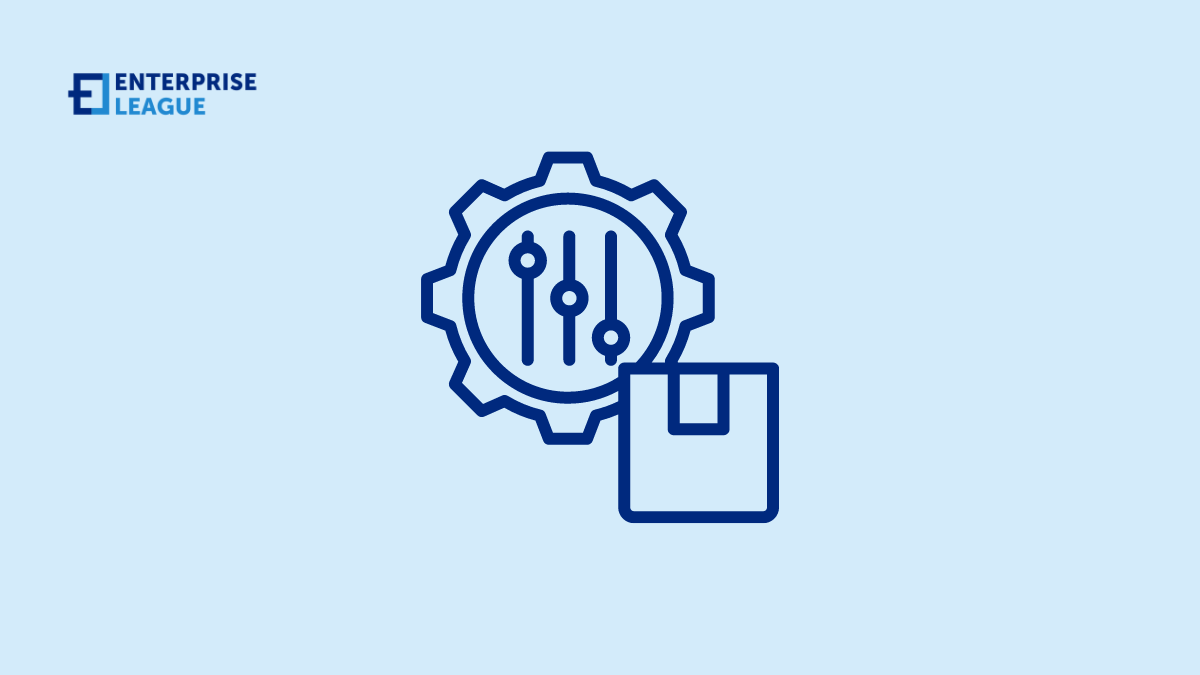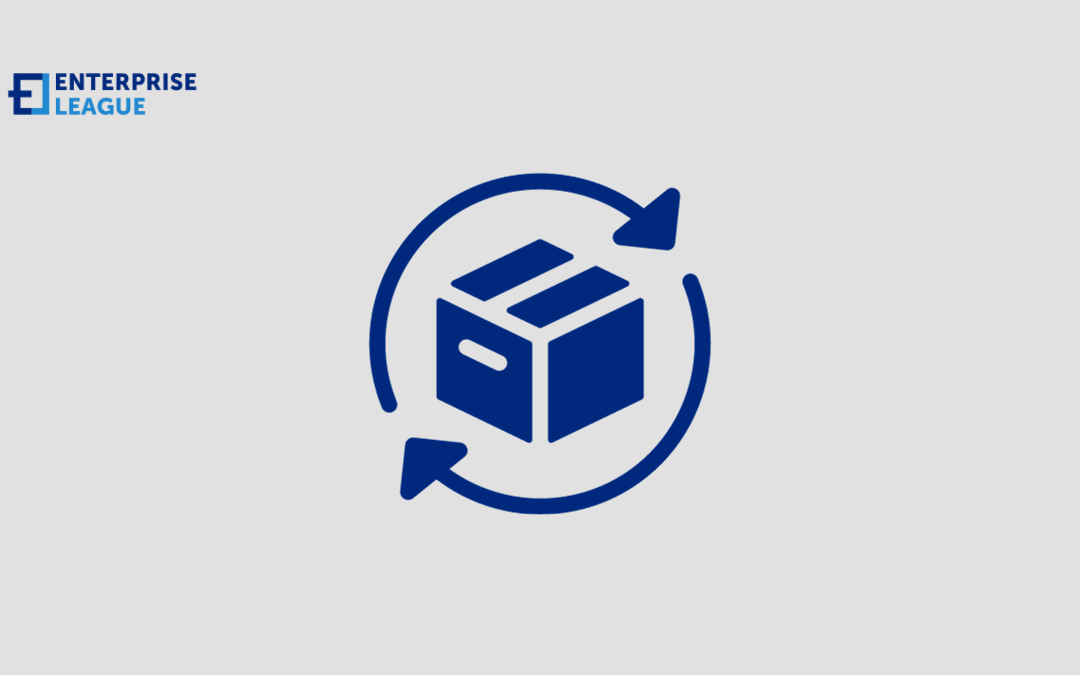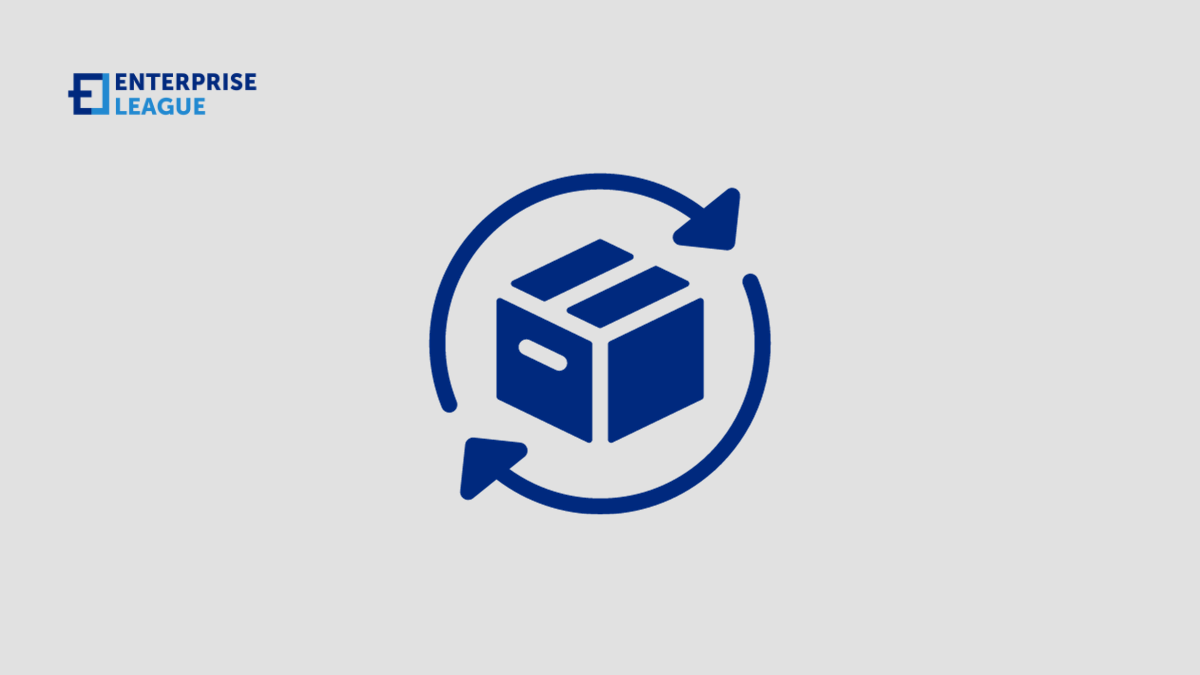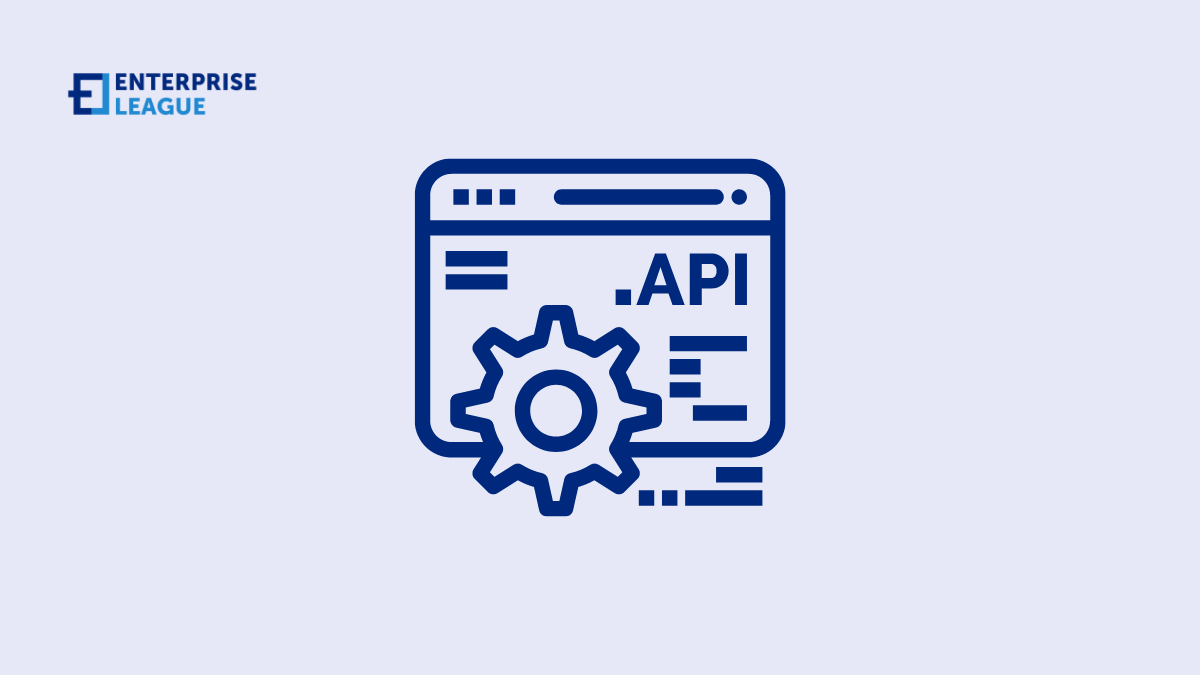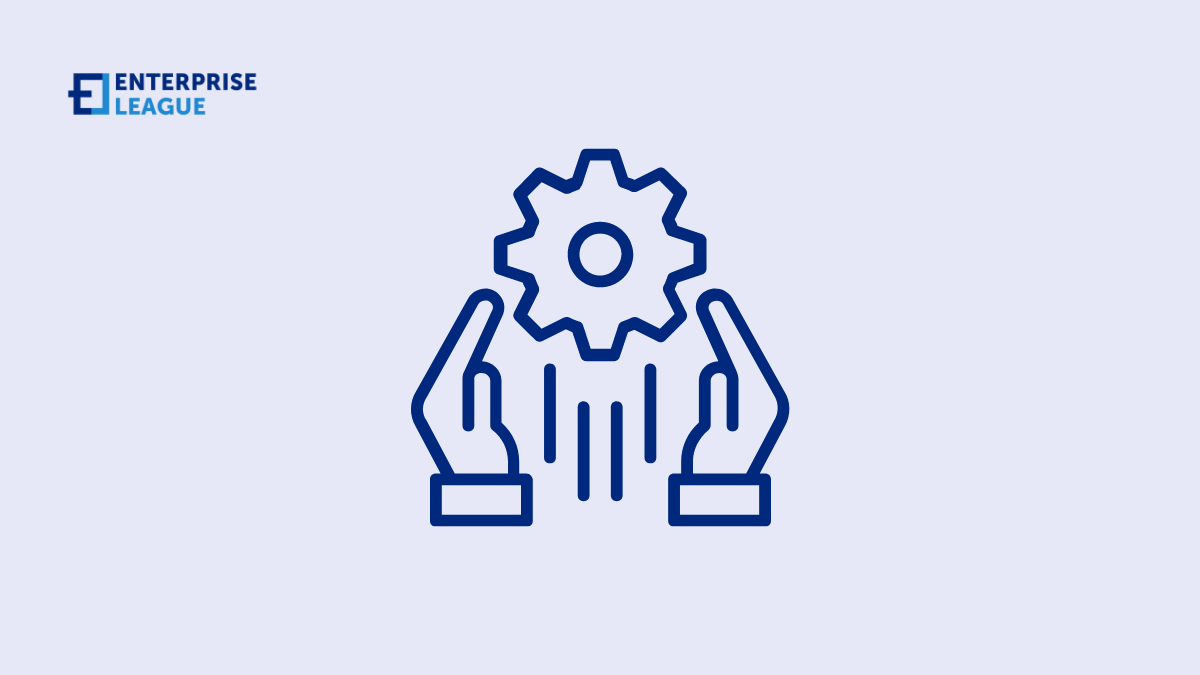From overcoming adversity to leading with authenticity, find inspiration in these 49 empowering quotes from influential women entrepreneurs and executives.

Everything you need to know about salesforce integration with SFTP server
Everything you need to know about salesforce integration with SFTP server
May 30, 2024
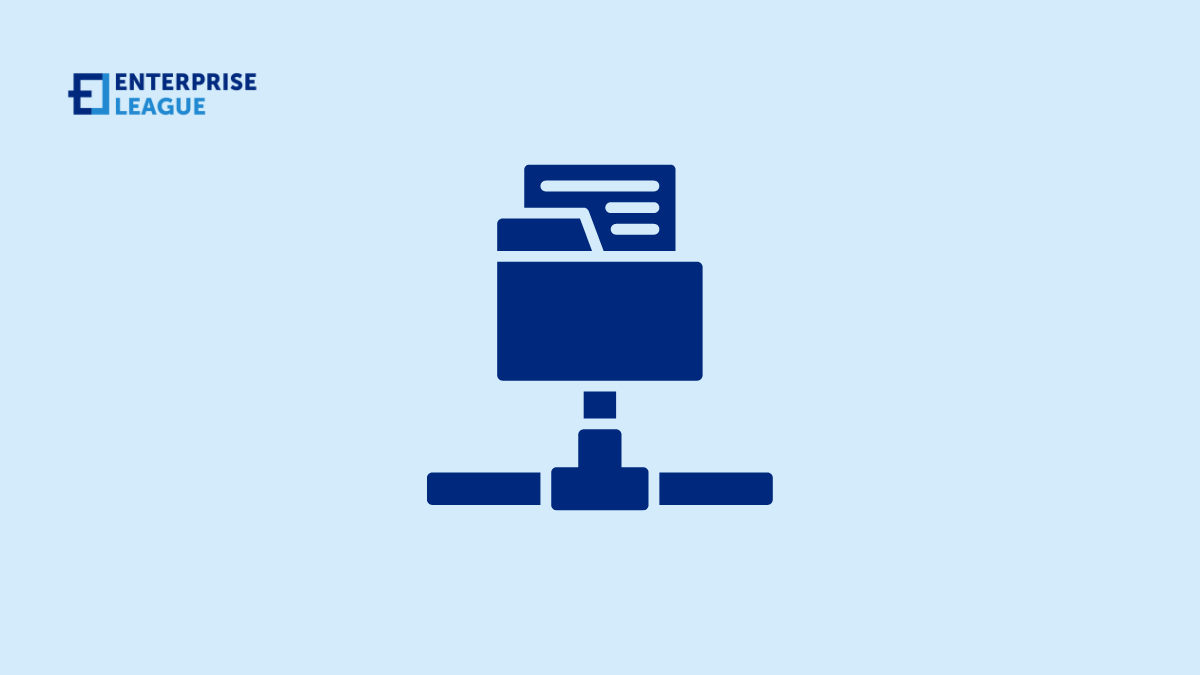
SFTP server is a place where tons of information can be securely stored. It also offers other advantages for businesses, including the possibility of large file transfer, shared storage, and data archiving. This could be data from various sources, such as Salesforce, HubSpot, and other business-critical applications. In this article, we particularly explore the Salesforce SFTP integration along with the methods for its implementation.
What is SFTP?
SFTP is an acronym for secure file transfer protocol. It implies that documents are transferred securely over the network as SFTP encrypts not only the files but also the commands before the actual migration takes place. This protocol does not contain any authentication mechanisms but relies on the previously generated SSH keys.
The popularity of SFTP comes from the security and confidentiality it grants to users. With SFTP, no one can intercept the information transferred over the network and reveal its contents. This protocol is highly resistant to man-in-the-middle attacks.
Typical use cases for SFTP salesforce data integration
Note that modern data integration tools allow transferring files in both directions: from Salesforce to SFTP server and vice versa. A chosen integration scenario depends on your objective and business use case. Below, find the most popular workflows for Salesforce SFTP integration.
- Archiving: An SFTP server can be a great place for archiving data due to the security mechanisms for data transfer and storage it implements. Businesses can save critical data that is no longer in operational use there. It’s like storing money in Swiss banks.
- Backup and recovery: Similarly to archiving, businesses can consider an SFTP server a safe place for storing copies of data from various operational applications. Modern data integration tools allow users to set up automated backups and their transfer to SFTP on a schedule.
- Sharing data with stakeholders: An SFTP server is also seen as a shared storage platform that can be accessed by authorized users. So, you can send information from Salesforce to the SFTP server that can be accessed by stakeholders or partners.
- Document management: Even though Salesforce is a secure application, it makes sense to save sensitive data and documents outside of it. So, transferring business-critical documents from Salesforce to the SFTP server might be a good idea.
Ways to load salesforce data to SFTP server
Whether your purpose is to connect Salesforce to SFTP for backup and recovery, archiving, or document management, you’ll need to select the most suitable approach. Here, we present the most popular and efficient methods for integrating Salesforce with SFTP server.
Salesforce connect
Salesforce provides a native service enabling users to create external data sources and objects. The latter is associated with the external files stored on the SFTP server.
Salesforce Connect allows users to query and manipulate SFTP data inside the application. This can be done using standard Salesforce APIs and other relevant tools.
RESTful APIs
To connect Salesforce to SFTP via API, follow a multi-step process involving authentication, data transfer, and error handling:
- Use Salesforce APIs (REST or SOAP) to authenticate and obtain an access token for subsequent API requests.
- Authenticate to the SFTP server using the username/password or SSH keys.
- Use Salesforce APIs to retrieve the desired data from Salesforce.
- Utilize SFTP client libraries or APIs to connect to the SFTP server and upload the formatted data files.
- Encrypt sensitive data during transit between Salesforce and the SFTP server to protect it from unauthorized access or interception.
- Implement monitoring and logging mechanisms to track the performance and health of the integration over time.
Apex code
This method is designed for developing customer Apex code within Salesforce that interacts with the SFTP server. Use libraries like Apache Commons VFS (Virtual File System) or build custom HTTP-based file transfer solutions using the HttpRequest and HttpResponse classes.
Third-party data integration tools
There are data integration tools designed for data exchange between different on-premises and cloud services. Matillion, Jitterbit, Talend, and Skyvia are among the most popular and widely used solutions for that. Such tools have pre-built connectors for Salesforce and SFTP, data transformation rules, data mapping, etc. All the configurations for data flow design are usually done with no coding.
Skyvia is a universal cloud data platform designed for a wide range of data-related tasks. it perfectly suits the SFTP Salesforce data integration case because it already has pre-built connectors for each service. Skyvia allows multiple data integration scenarios allowing users to transfer from Salesforce to SFTP or vice versa. Also, this platform makes data integration pipeline design really user-friendly due to the drag-and-drop interface.
Connectors setup
After logging into your Skyvia account, navigate to +CreateNew->Connection in the main menu. Then, select Salesforce from the list and insert all the requested details for providing access to Skyvia.
Go to the main menu again, navigate to +CreateNew->Connection, and select SFTP this time. You’ll have to indicate the host, port, user, working directory, and authentication method.
Data import
Skyvia has a dedicated tool for exchanging data between applications, databases, and data warehouses. It’s convenient for transferring data from the SFTP server to Salesforce in multiple use cases. It also works well when migrating data in another direction.
The Import tool has advanced data transformations and mapping settings, making it possible to match the data structures in different systems. Moreover, it allows for automating data transfers and making imports regular on a schedule.
There’s also an advanced feature for file masking in the Import tool. It enables automatic data transfer from a file that corresponds to the indicated mask. This could be particularly useful for collaborating with external vendors or partners that regularly upload files to an SFTP server.
Conclusion
SFTP server is seen as a safe place for Salesforce data conservation. Salesforce SFTP integration might be useful for data archiving and backup, sharing insights with stakeholders, and document management.
You can connect the two services either by using native Salesforce mechanisms, such as REST APIs and Apex code. Otherwise, rely on the Skyvia data integration tool to automate and simplify the overall integration process between SFTP and Salesforce.
More must-read stories from Enterprise League:
- How successful local businesses can give back to the community.
- Get entertained and educated with some of the best business movies.
- Get inspired from this list of creative small business ideas.
- Profitable online education business ideas that you should be aware of.
- Creative spiritual business ideas that you can start today.
Related Articles
49 influential women in business quotes (2025)
22 encouraging friends who don’t support your business quotes
If you’re having trouble with unsupportive friends regarding your business, check out these 22 friends who don’t support your business quotes to motivate you.
30 inspirational business quotes for customers
Take a look at these business quotes for customers that can be definitely a great help while you’re coping with overwhelming situation and you need extra boost.
How to achieve consistent product quality on a production line with digital solutions
From automated inspections to data-driven decisions, lets see how you can achieve consistent product quality on a production line with digital solutions.
Top 16 email security startups you should know in 2025
From inbox monitoring to automated threat response, these innovative email security startups are building the future of digital communication protection.





